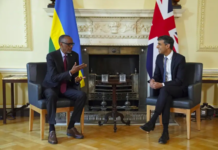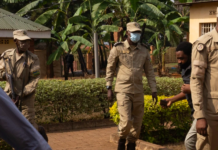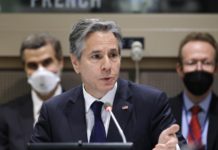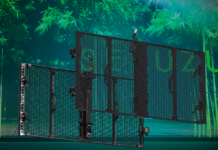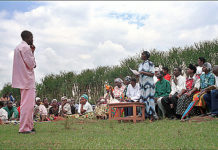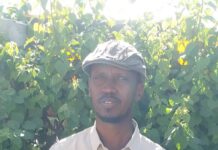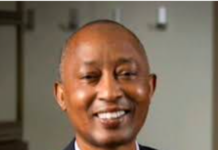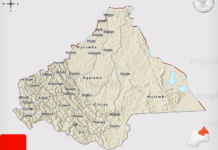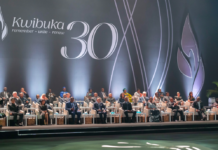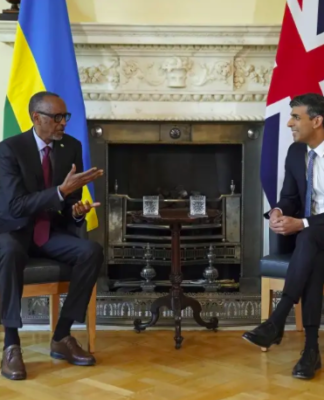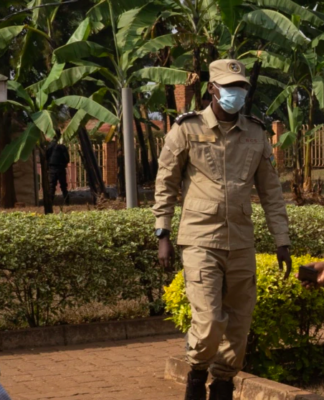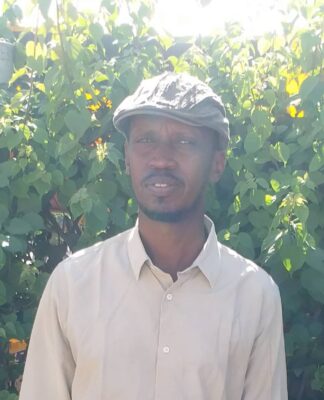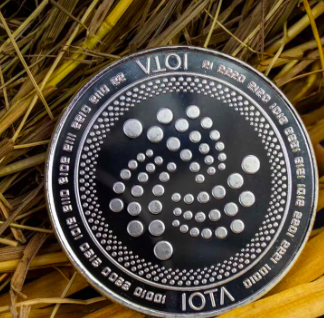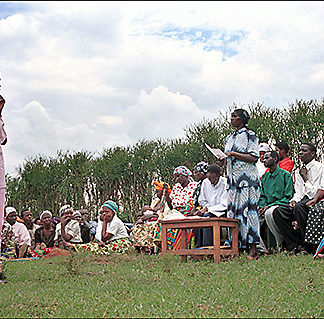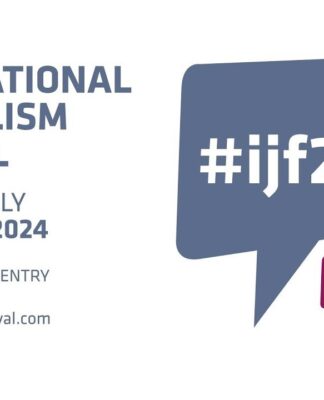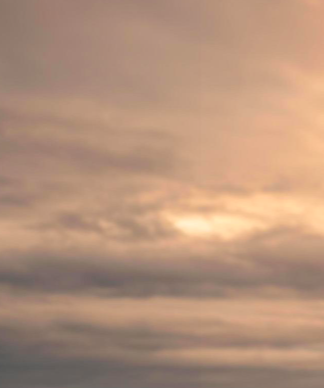Kigali city residents are battling an unprecedented water scarcity that has forced some to depend on untreated water from swamps while others resort to desperate measures such as rationing.
Gikondo, Kanombe, Nyamirambo and Kabeza are the most affected with some parts going without water for two straight months.
The national utility body, the Electricity, Water and Sanitation Authority (EWSA), that previously blamed rains for disrupting supply, now says the current drought is responsible for the shortage.
Jean Ndayisaba of Gikondo says his area has been without water for about two month with a 20-litre jerrican of water now at Frw 400. With a family of six people, Ndayisaba says he spends 3,000 francs daily on water.
“I have instituted a strict rule at home. Adults strictly have to bathe six cups of water [500ml] while kids use three,” Ndayisaba explained.
Last week, residents of Nyamirambo sector took their plight to the media to the embarrassment leaders who immediately dispatched a water truck to deliver water to thirsty residents. But that was only a short-term solution as EWSA taps remain dry.
In Kanombe, Solange Mwiza said they have resorted to unsafe swamp water for all domestic use, while in Gitega, residents have been relying on Mpazi stream for two weeks, since even the water distribution point at the sector has been dry for all that time.
And that is not the only health hazard caused by lack of water. The director of La Belle Vie clinic in Kanserege cell, Gikondo, is getting quite desperate, because they haven’t had water for three weeks, yet obviously it is essential for treatment, in the laboratory, as well as to maintain hygiene. “We buy water at any cost, but it is getting quite expensive,” complained the doctor.
Some entrepreneurial minds have jumped on the opportunity. Phillipe Karangwa for instance left his job as a houseboy in Gikondo, and is now making a handsome 10, 000 francs per day selling water to desperate city dwellers who will pay anything for ‘The Pulse of Life,’ as EWSA calls it.
“Everything has good and bad sides; I can’t complain as much because I am earning my monthly pay of 20,000 francs in just two days, I have to be happy while the crisis lasts,” Karangwa said.
Even in areas that are still getting water every few days, people are complaining about the strange timing. A resident of Niboye sector pointed out that if there is water, it is most often during the night, from midnight to 4 am. “Are we to sit up the whole night to wait for water?” he wondered.
Drought, floods, construction
Theoneste Minani, the director of water at EWSA, blames the scarcity on drought, which he says has pushed per capita water consumption far beyond what the utility body can supply.
Kigali has about 65,000 homes with an estimated one million people, according to Methode Rutagungira, the distributions engineer at EWSA water department. While current water supply is 62,000 cubic meters per day, actual demand is about 80,000.
“On average, daily water consumption is 50 litres per capita but because of drought, people are using more,” Rutagungira said.
Earlier this year, when there was another episode of water scarcity at the height of the first rainy season, Minani told this newspaper heavy rains forced EWSA to suspend pumping water from its Nzove plant because pumps had been buried by mud making water treatment impossible.
Now that there are no floods, EWSA finds fault with droughts. But there are only two seasons; rainy and dry season and in both EWSA finds it hard to deliver. “These are childish excuses for trained technicians to mention. It is disguised incompetence of old water engineers who have run out of ideas to get things done,” said David Rutamu, a university student.
EWSA also blames on-going road works in suburbs. Minani says construction firms regularly destroy water pumps which causes heavy leakages and reduced water supply on the network.
“In normal planning, there are clear designations for electricity, water and road works; if construction of a road causes the destruction of utilities, that is simply poor city planning,” said a private engineer with knowledge in urban planning.
For example, distribution engineer Rutagungira says one reason why Gikondo has been without water is because the main pipe which supplies the area was cut during construction works. “We discuss these issues with KCC but resolutions end up in the meeting room,” he said, adding that such leakages account for water loss now estimated 10% of supply.
Return to valleys
And there is worse. Homes on the hills around Kigali have been without water for months because EWSA lacks capacity to pump water uphill, it has no reservoirs on top of the major hills that would distribute water downwards.
“I was told to shift from Merez II in Gikondo,” said a resident who had sought advice from a friend who works with ESWA.
For a country famous for its hills, its mind-boggling why there’s no water supply infrastructure to supply people who would inevitably inhabit the hills.
“You see, after 1994 people came to live in the low lands avoiding the hills for security purposes, but population pressure has pushed them uphill again – areas that had not been planned for,” said an EWSA official.
However, EWSA says they have mounted a tank on top of Mount Kigali to supply water by natural gravity to Nyamirambo and Gikondo in two weeks’ time.
Take or to leave all these explanations, it won’t change the fact that the country’s vision is to have universal access to clean water by 2020. EWSA claims current coverage is at 70%.
Additional reporting by Jean de la Croix Tabaro.

